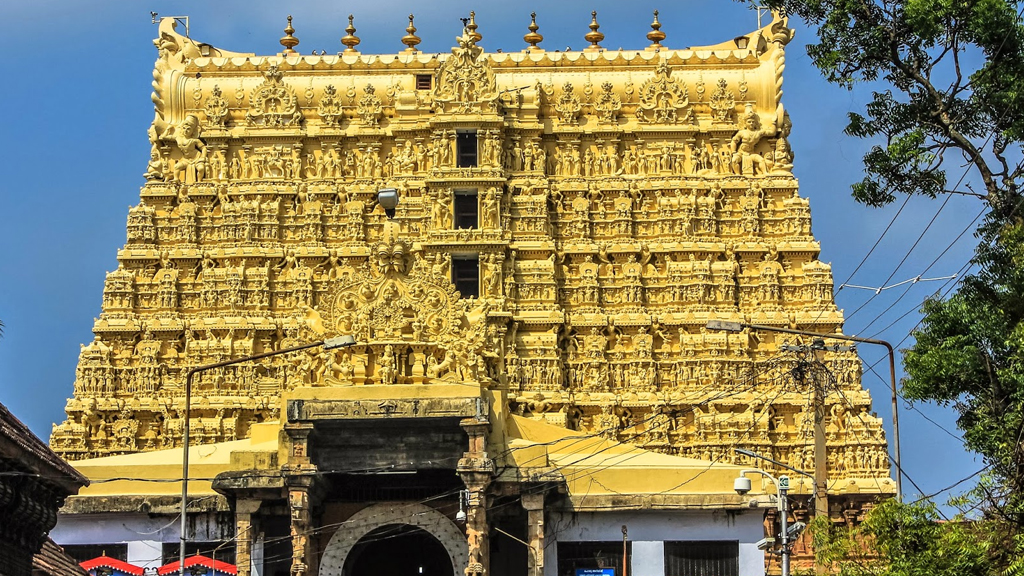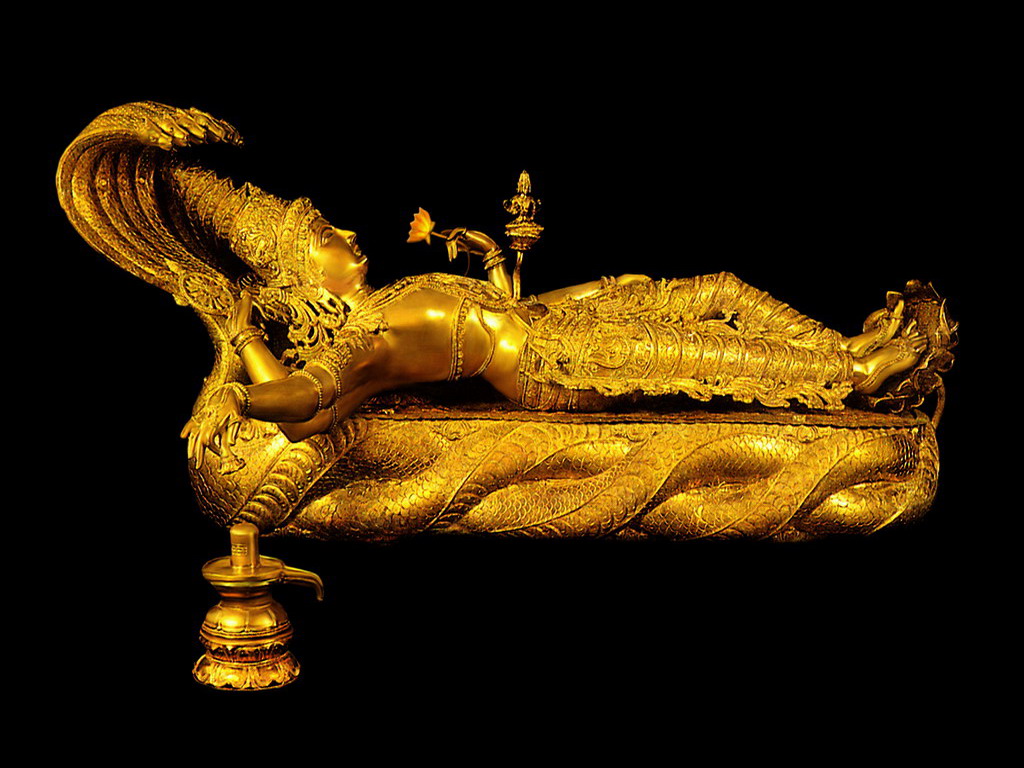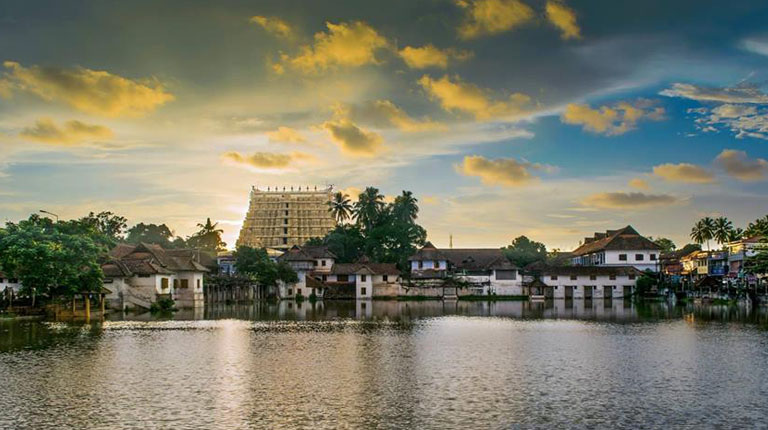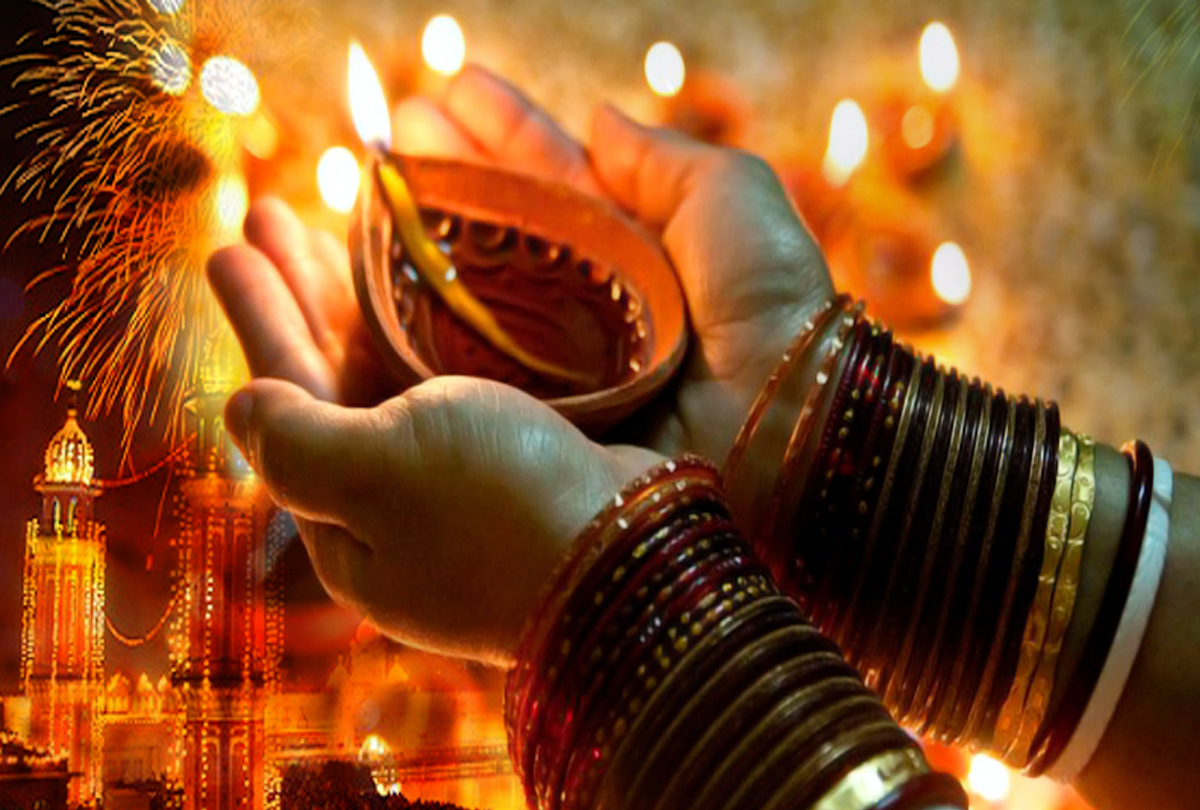This Vishnu temple in Kerala is the richest temple in the world

[Edited By: News Plus]
Wednesday, 10th July , 2019 11:13 amBuilt in the complex merger of Kerala and Dravidian style, the Padmanabhaswamy temple is dedicated to Lord Vishnu. This magnificent Kerala temple is a bit similar to the Adikesava Perumal temple of Kanyakumari district in terms of architecture. What is fascinating about the temple is that it is the richest temple in the world.

The Padmanabhaswamy temple in Kerala is the richest temple in the world
It is estimated that $ 22 billion in gold, the jewels are stored in underground vaults and are therefore richer in gold, assets and precious stones. To date, only 5 of the 8 underground vaults have been explored.

The History
This historical temple has been mentioned in many of the Hindu texts, including the Mahabharata, Bhagavata Purana, Brahma Purana, Matsya Purana, and many others. It has been mentioned in the literature of the Sangam period between 500 a. C. and 300 A.D. multiple times A reading says that the temple was established on the first day of the kali yuga, and was initiated by Divakara muni, was a brahmin Tulu. Many readings indicate that the temple was so rich that it had walls of pure gold and, therefore, the temple and the city were called the heaven
 .
.
The temple is also one of the 108 main Divya Desams in Vaishnavism. In the 18th century, Alvar Nammalvar, one of the Twelve Alwar Saints of Tamil Nadu, sang the glories of Padmanabha.
The Travancore Royal Family
During the first half of the 18th century, when Anizham Thirunal Marthanda Varma succeeded his uncle Rama Varma as king, he suppressed the 700-year-old stronghold of Ettuveetil Pillamar, ending the lords' plots against the royal house of Travancore. A major renovation of the temple followed immediately. Anizham Thirunal ceded the temple and the Travancore Kingdom to Padmanabha Swamy, the deity of the temple, and promised that they would serve the kingdom as Padmanabha Dasa. Since then, each name of King Travancore is preceded by Padmanabha Dasa.
The design
Padmanabha rests on the snake Anantha or Adi Sesha in Sanctorum Sanctuary. He has five hoods facing inwards. His hands are placed on Shiva lingam, Sridevi Lakshmi, the goddess of prosperity and Bhudevi, the goddess of the Earth. From the navel of the Lord, Brahma emerges on the lotus. 12,208 Saligramams from Gandaki River were used to make this deity. Saligramams come from a specific river to commemorate the rituals performed in the Pashupatinath Temple.
A special Ayurvedic blend, known as "Katusarkara yogam", covered the divinity of Padmanabha. It is the mixture that keeps the divinity clean.
Other temples
There are two other important shrines in the temple - Thekkedom and Thiruvambadi for the deities Ugra Narasimha and Krishna Swami, respectively. There are also shrines of Rama, Sita, Lakshmi, Vyasa, Ganapati, Sasta, Kshetrapala, as well as the idol of Garuda and Hanuman.
The Gopuram
The temple has 100 feet, seven levels of gopuram made in Pandyan style, which was placed in 1566 AD.
Rituals
There are two major bi-annual festivals celebrated in the temple – the Alpashy festival, celebrated in October/November and the Panguni festival, celebrated in March/April. Each festival lasts 10 days.
The temple is also a destination of choice for Navaratri.
The biggest of all festivals here, however, is Iaksha deepam, which translates to a lakh lamp. It is unique and is celebrated once in 6 years.
The architecture
The architecture of the shrine marks the uniqueness of the temple by its work on bronze and stone. The interior of the temple is adorned with aesthetic murals and paintings. The Dhwaja Stamba – flag post, is around 80-feet high covered with gold plated copper sheets.
The eastern side of the sanctum is a broad corridor which has 365 sculptured granite stone pillars with beautiful carvings. The ground floor below main entrance has nataka sala, where classical art forms are performed on festivals. The nataka sala is situated on the eastern side of the main entrance.
Latest News
-
2-Doxy-D is a game-changer drug - discovered by sc
-
UP Covid News: Recovery rate rises 86 percent in U
-
Big B orders 50 oxygen concentrators from Poland,
-
Today is Akshay tritiya-PM Modi and Akhilesh yadav
-
Kanpur health department doing preparations to fig
-
UP Govt. must be held accountable for "failing" it
-
16 doctors in Unnao UP resign yesterday but retrac
-
Vaccine is safety cycle against corona pandemic-CM
-
Life of every person is priceless,rescue is the be
-
Kanpur Municipal Corporation will make dust free K
-
Corona vaccination: UP government withdraws the de
-
UP Government should follow the orders of Highcour
-
Uttar Pradesh-IG roaming in the city without the u
-
PM, take off those pink goggles, by which nothing
-
Rahul Gandhi's counterattack on BJP Government’s s
-
Happy international nurse day-PM Modi, Rahul Gandh
-
Online food delivery and liquor shops can open the
-
Egoistic BJP should work in public interest instea
-
High court directed UP Government to make a Covid
-
Isolation rooms to be built in industrial units, a
-
WHO has appreciated the effort of the Yogi Adityan
-
Brother is forced to carry his corona afflicted br
-
Lucknow- Free auto service for covid patients
-
Lucknow-Defense Minister and CM Yogi inaugurated
-
Wine shops opened in kanpur
-
Kanpur: oxygen demand 50 percent decrease as infec
-
Kanpur Crime Branch Police arrested 2 accused of i
-
Kanpur police's initiative to prevent corona infec
-
CM Yogi inspected the community health center in c
-
Corona's third wave: IIT professor claims not to c
World News
-
American president Appoints Two More Indian To Key
-
Arora Akanksha an Indian running for United Nation
-
Brazil thankes india with hanuman after receiving
-
Toronto protest against Indian citizenship law as
-
One-Of-A-Kind Wedding: After Groom's Father Gets A
-
Kim's Horse Ride On Sacred Mountain Hints At "Grea
-
Chinese President’s India visit on track, confirms
-
'Howdy Modi' event 'win-win' situation for Modi an
-
Malala urges U.N. to help Kashmiri children go bac
-
Rocket blast at U.S. Embassy in Kabul on 9/11 anni
-
PM Modi launches $4.2 mn redevelopment project of
-
Pakistan Blacklisted by FATF's: After Failing to A
-
Amazon Rainforest burning: Brazil President tells
-
10 shoking pics of Amazon Rainforest Burning
-
200 pakistan twitter accounts suspended on kashmir
-
Trump dials Imran Khan, asks to ‘moderate rhetoric
-
No policy change on Kashmir, says U.S.
-
Hamza, the son of Osama bin Laden, is dead
-
Ethiopians planted more than 200 million trees in
-
Pakistani military aircraft crash: All 5 crew memb




























